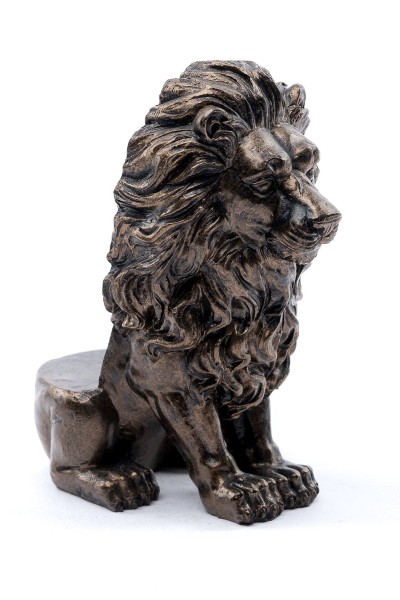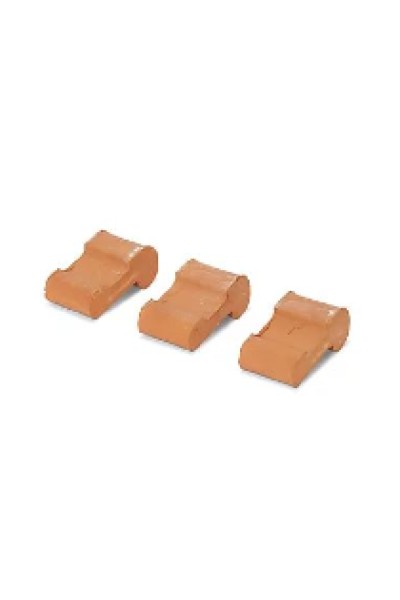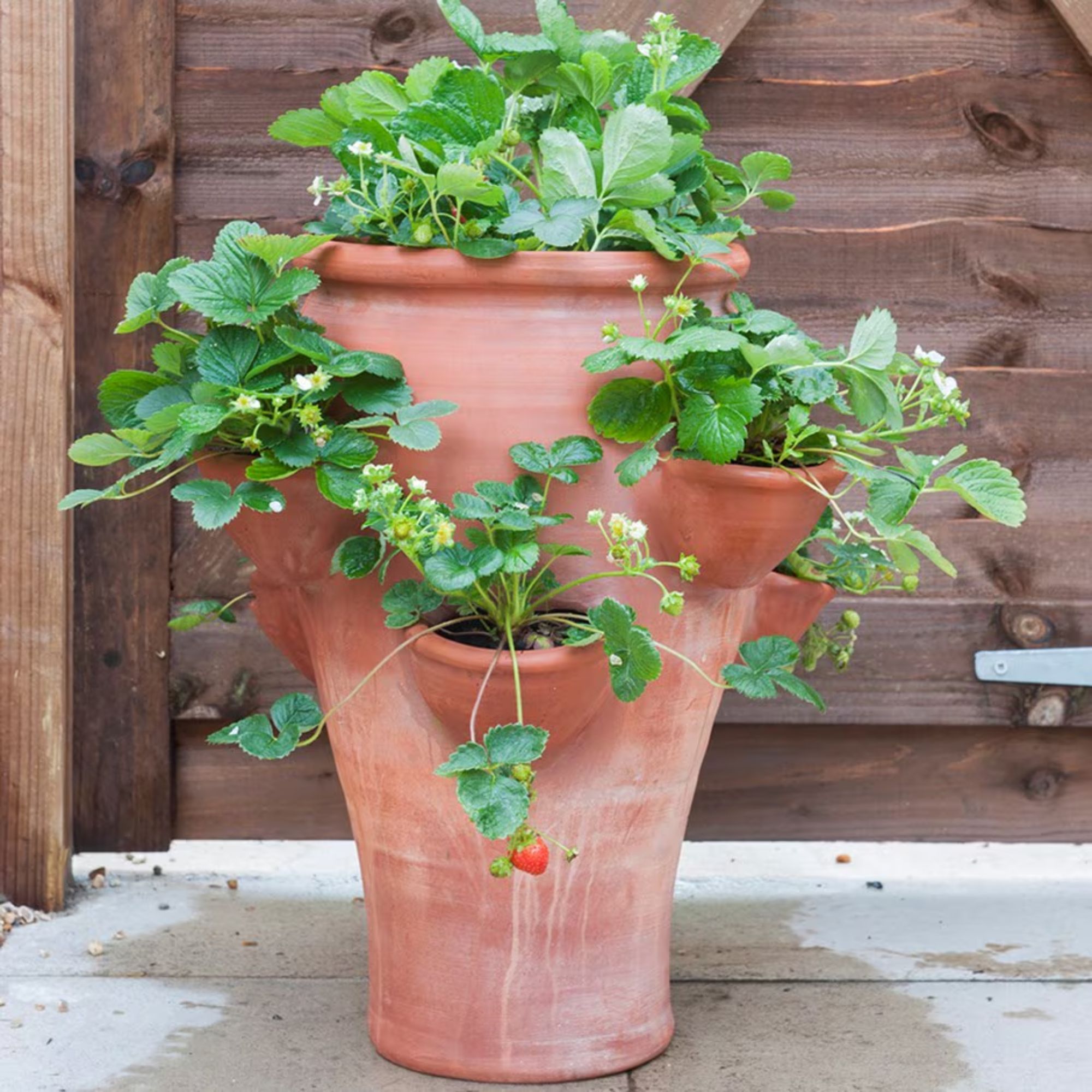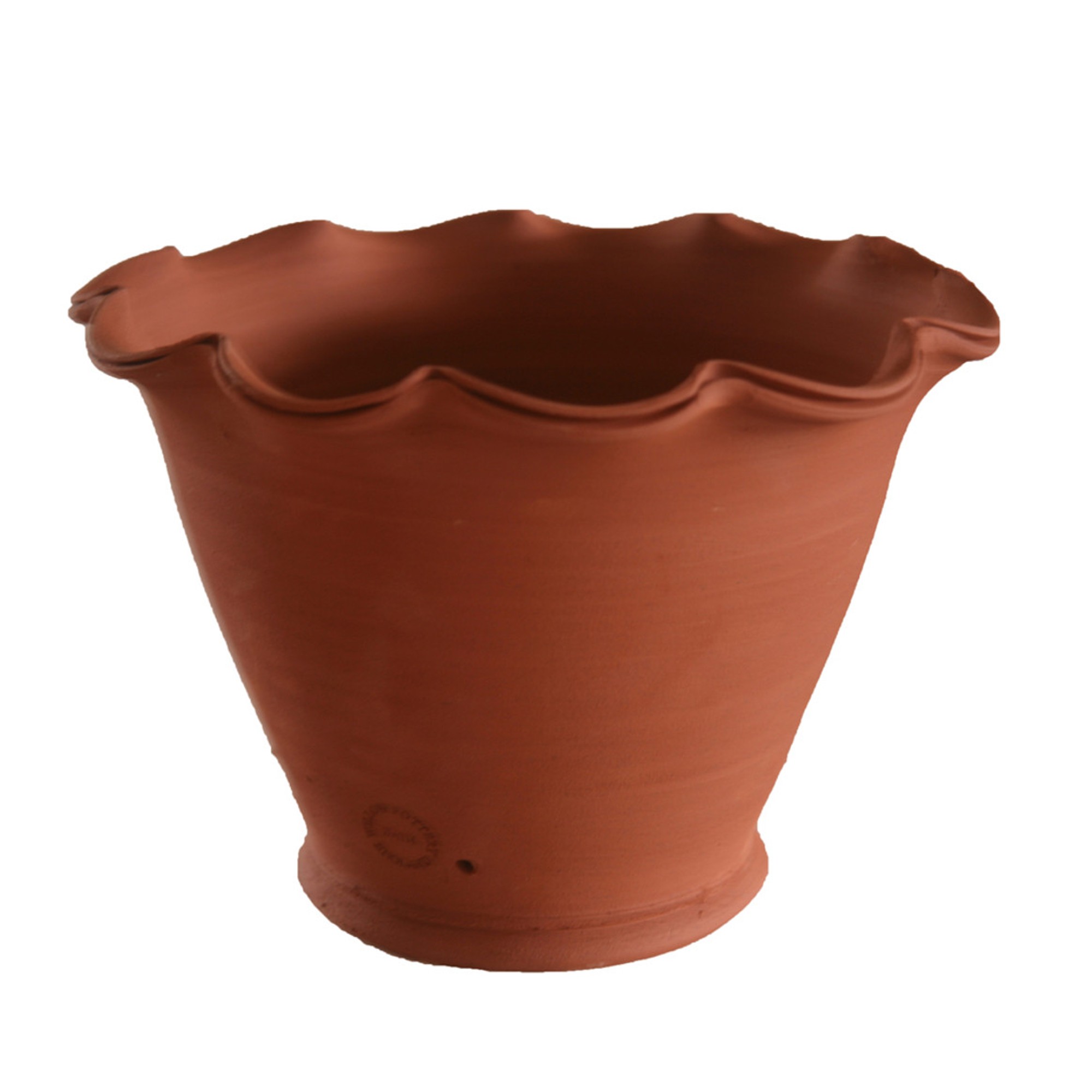How to protect potted plants from very heavy rain - expert approved tips to save your container garden
It’s raining, it’s pouring, and your container-grown plants need your help…

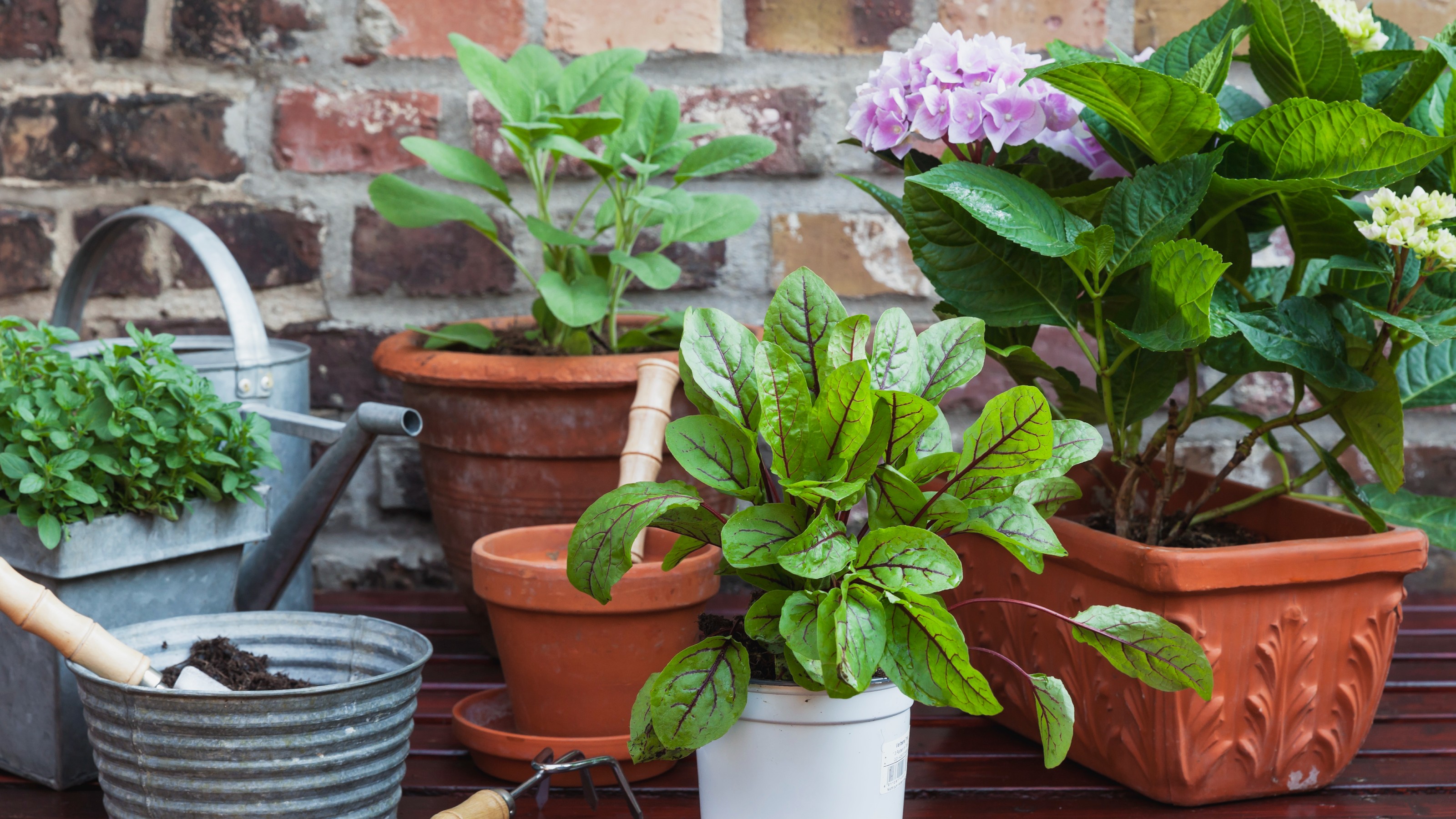
If all of those torrential downpours have left you wondering how to protect potted plants from very heavy rain, you're not alone. After all, climate change has made the weather much more unpredictable – and, by association, gardening.
From investing in the best flood-proof plants to frantically googling how to fix a waterlogged lawn, wet weather is wreaking havoc on our outdoor spaces of late. And it seems our container gardens are not immune to the mayhem, either.
So, just as you might take steps to protect plants from killer frosts, so, too, must you do the same for your potted plants when the heavens open.
'In my experience, heavy rainfall can be both a blessing and a challenge for container gardening. One particularly rainy spring, I learned the hard way that without proper drainage, even the healthiest of plants can succumb to root rot,' recalls Steven Bell, the CEO of Paving Shopper.

Steven Bell is the managing director of Paving Shopper, known for his expertise in gardening, landscaping and paving. He leads the company with a focus on quality and innovation, ensuring Paving Shopper remains a trusted source for diverse paving needs.
Since then, Steven has adopted a few essential strategies to protect his potted plants during wet weather – and it's time for us to do the same in our gardens, too.
1. Invest in some pot feet
Plant pot feet are a necessity when it comes to helping your container plants survive very wet weather.
Explaining that good drainage is essential to the survival of potted plants in particular, Steven notes that, without it, 'the roots can’t access enough oxygen, leading to rot'.
Sign up to our newsletter for style inspiration, real homes, project and garden advice and shopping know-how
'I always recommend raising pots by placing them on pot feet or bricks,' he continues. 'This small elevation (even just an inch or two) prevents water from pooling at the base. I remember a particular time when a simple trick like elevating my pots saved my entire herb collection from drowning after an unexpected downpour.'
Research backs this theory up, showing that raising containers by just 1-2 inches can improve drainage efficiency by up to 30%.
2. Check the soil

If you want to protect potted plants from very heavy rain, it's a good idea to go on the defence and check the soil you're using.
'Over the years, I’ve switched to using well-draining mixes that combine organic material like compost with coarser elements such as perlite or coarse sand,' says Steven.
'This change has made a world of difference. In fact, a study in the Journal of Plant Nutrition found that adding 30% perlite to soil can boost drainage by 40%, allowing water to flow more freely and reducing the risk of soggy roots. It’s a game-changer when dealing with extended periods of rain.'
Add some of Westland's Gro-Sure Perlite (available from Amazon) to your soil mix, then, and you should see a huge improvement in drainage.
3. Choose the right pots
If you really want to learn how to protect potted plants from very heavy rain, why not roll things all the way back to the pots themselves?
'I personally favour terracotta pots for wetter climates because they’re porous, which allows excess water to evaporate more easily,' says Steven.
'I’ve noticed that plants in plastic pots tend to stay wetter longer, which can be problematic. Studies have shown that terracotta pots can reduce soil moisture by up to 25%, compared to their plastic counterparts, making them a better choice in rainy environments.'
4. Provide shelter
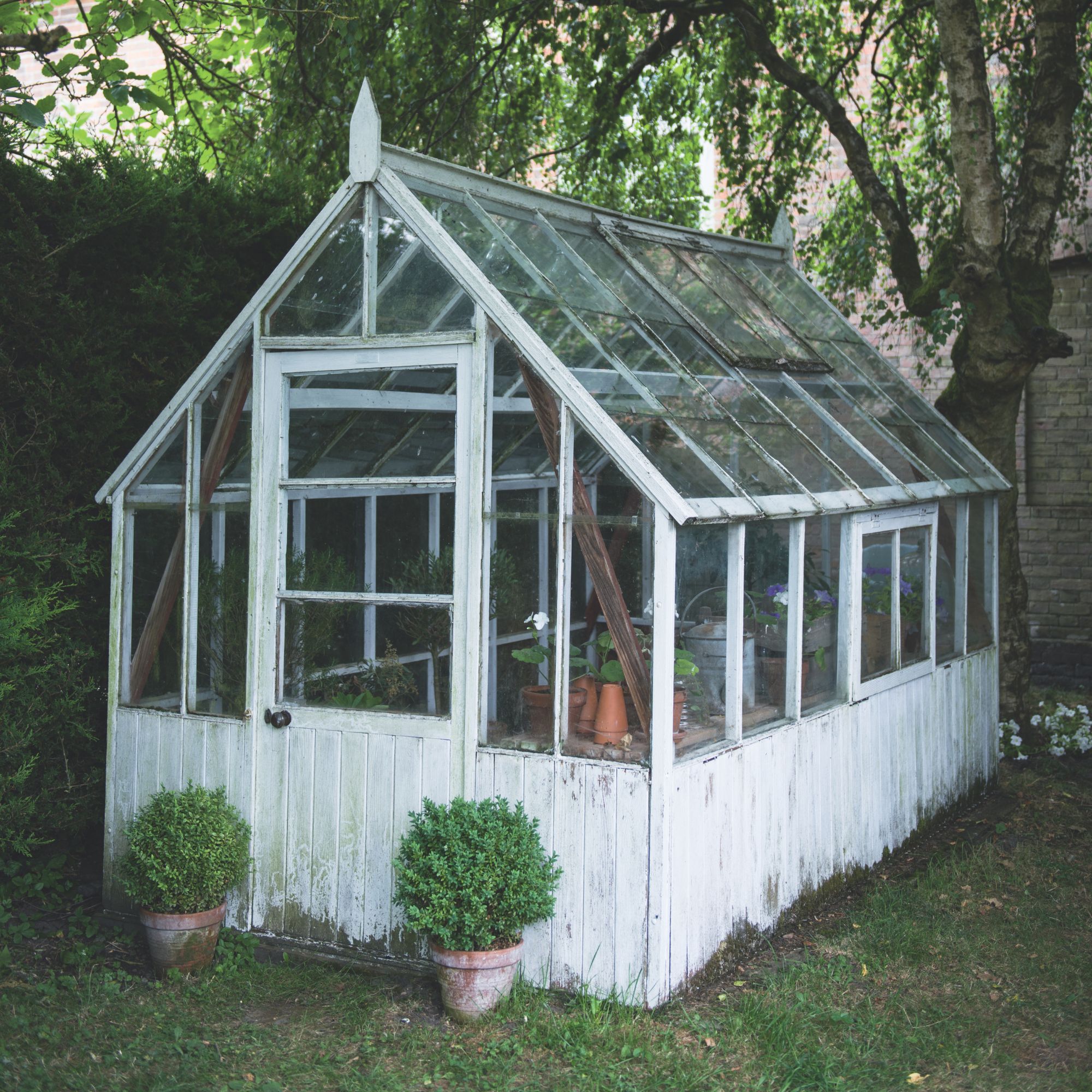
Just as you yourself might run for cover in a sudden storm, one of the easiest ways to protect potted plants from very heavy downpours is to get them out of the rain garden and under shelter.
'Some plants just can’t handle the pounding of heavy rainfall. During a particularly intense storm, my delicate fuchsias were practically flattened,' says Steven. 'Since then, I always move vulnerable plants to a sheltered location if possible.'
If relocation isn’t an option, Steven adds that using breathable, waterproof covers (like these Plant Protection Rain Curtains from Amazon) can work wonders.
'These covers allow for necessary airflow while keeping the worst of the rain off. Interestingly, a survey by the Royal Horticultural Society revealed that 78% of gardeners who used temporary covers reported less plant damage during heavy rainstorms. It’s a simple trick that can make a huge difference.'
5. Monitor soil moisture
Finally, and by no means least, Steven says that anyone who's serious about protecting their potted plants from heavy rain needs to get comfortable monitoring soil moisture.
'I can’t emphasise enough the importance of regularly monitoring soil moisture,' he says.
'Even though the surface of the soil may seem dry, the deeper layers can still be saturated. I once lost a prized rosemary plant because I assumed it needed more water when, in fact, the roots were drowning.'
He adds that something like this Digital Plant Soil Moisture Meter from Amazon is a great way to maintain peace of mind, noting that 'research shows that overwatering by just 10% can reduce plant growth by up to 25%'.
'It’s all about balance,' stresses Steven.
FAQs
How to stop plant pots from getting waterlogged?
One of the easiest ways to stop plant pots from getting waterlogged (other than popping them under shelter, of course) is to check the drainage holes and invest in pot feet. These help to improve drainage and reduce lingering moisture around plant roots.
The RHS also suggests you try mulching your pots ahead of the rainy seasons, too.
How do I keep my plants from getting too wet?
If you want to keep your potted plants from getting too wet, make sure to use a well draining potting compost (or mix perlite in to improve drainage) and use a moisture meter to help you keep tabs on how waterlogged the roots of your plants are.
And just like that, you know how to protect potted plants from very heavy rain. Which, considering the weather forecast for the weeks ahead, is a very good thing indeed. Time to get to work, we think...

Kayleigh Dray became Ideal Home’s Acting Content Editor in the spring of 2023, and is very excited to get to work. She joins the team after a decade-long career working as a journalist and editor across a number of leading lifestyle brands, both in-house and as a freelancer.

